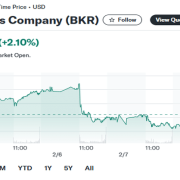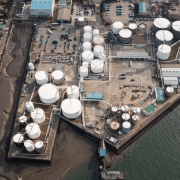The Internet of Things in oil & gas market valuation is predicted to surpass USD 5 billion by 2034. This is from a report in a research analysis by Global Market Insights Inc.
The increasing focus on real-time monitoring, operational efficiency, and improved safety measures are key factors. It will be driving the adoption of IoT technologies in the industry.
Companies in the oil and gas sector are embracing IoT solutions. It is to enhance asset management, streamline production processes, and ensure better environmental compliance. As these technologies become more integrated into operations, strategic partnerships are helping speed up their implementation across various functions within the industry. IoT applications are revolutionizing operations by enabling the collection of real-time data, remote monitoring, and predictive maintenance, which in turn boosts operational performance and safety standards. These advancements allow companies to detect potential issues early, reducing risks and minimizing downtime.
Green technologies and sustainability
The growing emphasis on green technologies and sustainability is accelerating the adoption of IoT in oil and gas operations. As environmental concerns and regulatory pressures intensify, the sector is increasingly turning to IoT solutions to optimize energy usage and track emissions. IoT technologies also help detect hazards, such as gas leaks, and monitor environmental impacts, contributing to sustainable practices. This not only reduces operational costs but also aligns with broader goals for energy efficiency, carbon footprint reduction, and long-term sustainability.
The IoT’s role in promoting greener, more sustainable operations is significant, as it supports the industry’s transition to eco-friendly practices. The green technology market is projected to generate substantial revenue by 2032, reflecting a robust annual growth rate of over 19%. This expansion highlights the growing importance of sustainability in the oil and gas sector.
Click here to read the full article
Source: Global Newswire
—
Do you have any questions or thoughts about the topic Internet of things in oil? Feel free to contact us here or leave a comment below.










